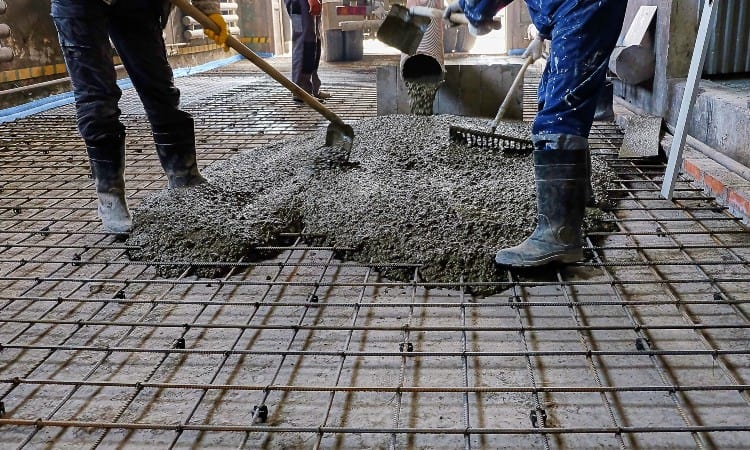Concrete driveways can improve the exterior appearance of your home and prevent erosion. Concrete driveways can also keep your garage and cars clean. To avoid any potential problems during construction of a concrete driveway in Adelaide, it is important to plan and prepare properly before you start.
To ensure that concrete forms properly, the concrete driveway pour site must be prepared thoroughly. A lack of preparation over time can lead to concrete shifting or cracking, which could result in a costly driveway replacement job.
You can place an order for concrete from a local supplier once you have determined how much you need. But there is a lot of preparation to do in the meantime, so you may want to hold off ordering until you’re sure you’re ready. You will need to know the exact delivery date and time so you can prepare your land for concrete pouring a few days ahead.
You might plan to hire, borrow, or buy a cement mixer. Mixing concrete on site for a pathway might work, but a driveway is really too large a volume to consider.
Levelling the ground
Concrete driveways must be placed on stable, solid soil. Otherwise, they will crack and eventually fail. You will need to dig up and add foundation material to soil that is unstable to extend the driveway’s life span. The type of soil and the location where the concrete driveway is to be installed will determine whether you need to install base material.
You can mark the route of your concrete driveway with wood stakes placed at 4 foot intervals along the border. The soil must be removed from the surface. You can remove anything, including dirt, grass, or old drives. However, you’ll need to dig about 10 cm below the surface so that concrete can be poured slightly above ground. You might need to dig another 10 cm to stabilise the soil, then fill it with crushed and levelled concrete. If there are large tree roots, cutting them might clear the foundation but think ahead. The tree roots will likely grow back cracking and lifting the slab, so it’s best to remove large trees within a couple of meters of the driveway, although you may need an arborist’s report. To ensure that concrete doesn’t crack when it settles, the newly laid stone or sand should be compacted with a wacker.
Driveway formwork
Your concrete slab will be determined by the size of the concrete form. Concrete slabs can also be made from special shapes, such as a rectangle or square. Make sure there is enough space between the stakes for the formwork to be placed. Fill the space with forms and wire mesh reinforcement. To prevent concrete from drying too quickly and protect it from chemicals in the base or subbase, a damp-proof membrane must be laid.
Concrete Down
Place 1/2-inch steel bar in a grid of small squares. Next, place plastic bar chairs (rebar spacers for concrete) at joints to hold it up off the ground surface. To stop the rebar moving, twist wires around the junctions. As needed, use wooden forms that are nailed to stakes. However, make sure they’re level before pouring concrete.
Before concrete is actually poured, you should also dampen your form to make them easy to remove later. Now you’re ready to pour the driveway slab. To avoid problems, you really need to ensure you have someone with experience in the concreting industry helping with the different stages, or call on professional concreting companies for high quality finishes from exposed aggregate driveways to coloured concrete driveways.

